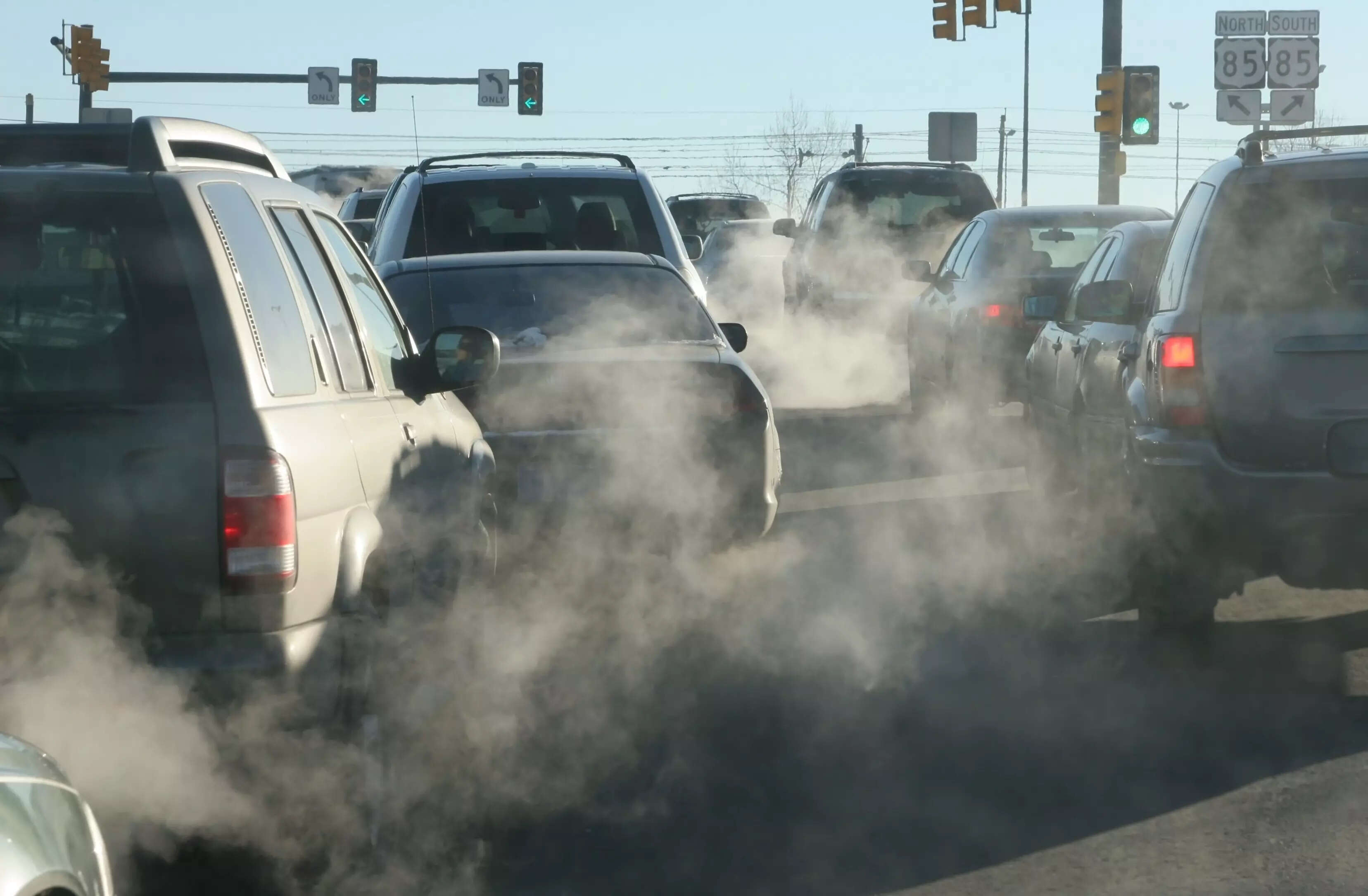
The Biden administration on Thursday unveiled its plan to slash greenhouse gas emissions from the U.S. power sector, part of its broader effort to decarbonize the economy to fight climate change.
The power industry is an important target for emissions cuts because it produces about a quarter of the country’s greenhouse gases, mainly from the combustion of coal and natural gas.
Here are some of the key points about the plan:
HOW DOES IT WORK?
The proposal would impose a set of greenhouse gas emissions limits on existing and new power plants that, altogether, would help the U.S. avoid around 617 million tons of carbon dioxide emissions between 2028 and 2042, according to the Environmental Protection Agency.
The limits are complex and vary depending on the type of power plant, how it is used, and when it is scheduled to retire. But, in general, they could encourage widespread adoption of technologies like carbon capture and sequestration (CCS), the use of low-emissions hydrogen, or renewable energy.
For example, new and existing large natural gas plants will be expected to install CCS technology that removes 90% of their emissions by 2035, or alternatively to co-fire with 30% hydrogen by 2032 and 96% hydrogen by 2038.
Existing coal plants that are scheduled to run past 2040, meanwhile, would be required to install CCS technology starting in 2030, while those shutting between 2035 and 2040 would be required to co-fire with 40% natural gas by 2030.
The EPA says CCS and green hydrogen technologies are available, cost effective, and have been “adequately demonstrated” – even though carbon capture has a spotty record and very little green hydrogen is produced today.
HOW MUCH WILL IS COST?
The EPA estimates the power industry will need to spend over $10 billion to comply with the new rules but adds that new subsidies available in the Inflation Reduction Act, President Joe Biden‘s signature climate law, will help.
The climate and health benefits of the plan are much higher than the costs at around $85 billion, according to the EPA’s analysis. That figure includes some of the expected reductions in emissions of lung-damaging pollutants like particulate matter that could come alongside the carbon cuts.
In 2030 alone, the proposals will prevent 1,300 premature deaths, EPA said.
WILL IT SOLVE CLIMATE CHANGE?
No, but it helps. The U.S. power industry is a huge source of greenhouse gas emissions, making up around a quarter of the total, according to the EPA.
White House climate advisor Ali Zaidi told reporters that the new proposal will keep the U.S. on track to meet its promise to achieve net zero emissions in the power sector by 2035 – although the details of how that works are unclear.
Cleaning up the power industry is also key to decarbonizing the transport sector, another massive source of emissions, which the administration want to transition reasonably quickly away from fossil fuels to battery power.
That vision only works if the batteries are charged with electricity that is generated with low emissions.
WHAT’S NEXT?
The EPA will open a 60-day comment period, which is likely to draw criticism from the power industry and its backers, much like past efforts have.
An effort by the administration of former Democratic President Barack Obama in 2015 to slash power industry emissions was hung up by legal challenges and eventually repealed in 2019 under Donald Trump’s administration.
West Virginia Attorney General Patrick Morissey, who led the legal challenge against the previous EPA carbon rule, said the coal-producing state will “be ready once again to lead the charge in the fight against federal overreach.”

